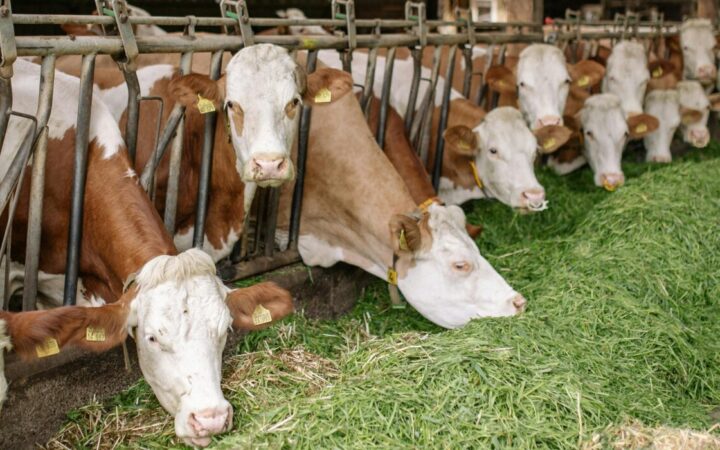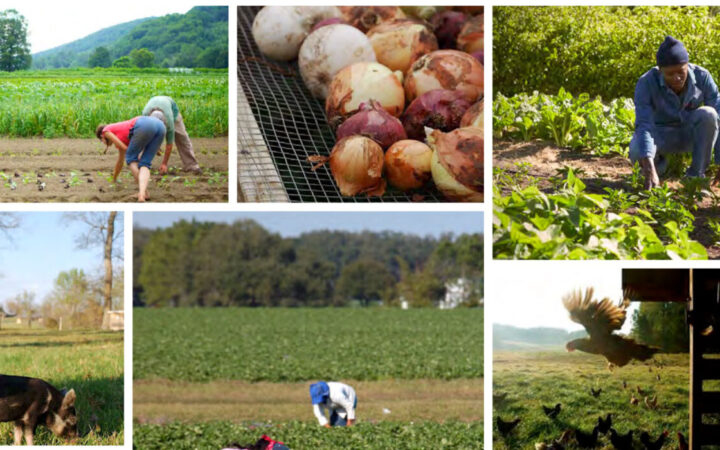This guide describes how reorganization through Chapter 12 of the Bankruptcy Code is a tool for farmers looking to restructure debt, change production models, or transition their farm to the next generation.
Introduction
Farm reorganization through chapter 12 of the Bankruptcy Code provides a powerful tool for farmers seeking to restructure burdensome debt, change production models, or even transition a farm to the next generation. While the most common form of bankruptcy, chapter 7 liquidation, generally requires financial insolvency, or the inability to pay debts, chapter 12 does not. Chapter 12 is specifically designed for family farmers and fisherman with regular annual income. The farming industry, on a national scale, is facing a souring economic future, from increasing debt burdens due to increasing interest rates, to a marked decrease in farm income over the past decade. Farming has, and always will be, a volatile business based on factors outside of the farmer’s control. This reality is reflected in the structure and tools within chapter 12 of the Bankruptcy Code. Put simply, chapter 12 helps farming and fishing operations avoid financial distress by allowing them to change the type of their operation or transfer it to the next generation without requiring liquidation or financial insolvency.
This guide provides a brief overview of chapter 12, focusing on the questions a farmer might have on the reorganization process. Why a farmer may wish to enter this process is an important question that is beyond the scope of this primer but has been explored by other resources linked in the PDF version.
First, this guide aims to provide context through a discussion of the history of chapter 12 and why it exists.
Second, the guide highlights the different parties involved in a chapter 12 reorganization.
Third, the guide details chapter 12’s eligibility requirements for individuals and corporations.
Fourth, the guide considers the special benefits chapter 12 bankruptcy offers farmers.
Fifth, the guide provides a timeline of the chapter 12 process. The guide concludes with an outline of the required contents of a chapter 12 plan as well as suggested additional resources for more information.
Because this resource is focused on family farming operations, it does not address the provisions relating to the reorganization of a family fishing operation.
Acknowledgements
This report was produced by the Center for Agriculture and Food Systems at Vermont Law School. Thanks to the following people for their input, editing, and production support: Laurie Beyranevand, Claire Child, Lihlani Nelson, and Whitney Shields. This resource benefited greatly from the collaboration and expertise of the following individuals, whose work on this topic we hold in great esteem:
- T he Honorable Colleen A. Brown, US Bankruptcy Judge for the District of Vermont
- Jan M. Sensenich, Chapter 12 & 13 Standing Trustee for the District of Vermont and President of the Association of Chapter 12 Trustees
- Rebecca Rice, Esq., Cohen & Rice
- Peter Fitzgerald, Director of Loan Resolution at the Vermont Economic Development Authority
This project is made possible with funding from the National Agricultural Library, Agricultural Research Service, US Department of Agriculture.
Suggested Citation
Reorganizing a Farm Business with Chapter 12 of the Bankruptcy Code, Vt. L. & Grad. Sch. Ctr. for Agric. and Food Sys. (2021), https://www.vermontlaw.edu/sites/default/files/2021-10/Chapter-12-Bankruptcy-Brief.pdf.





